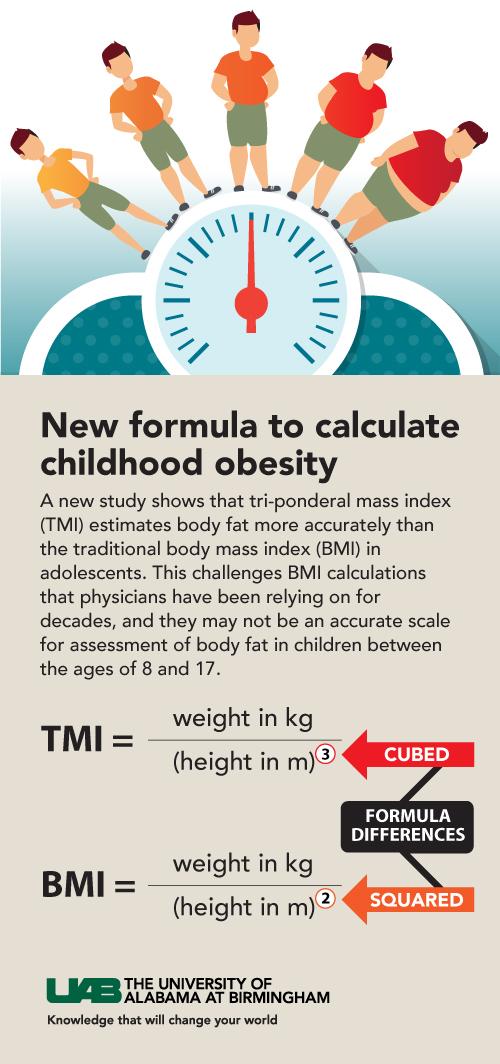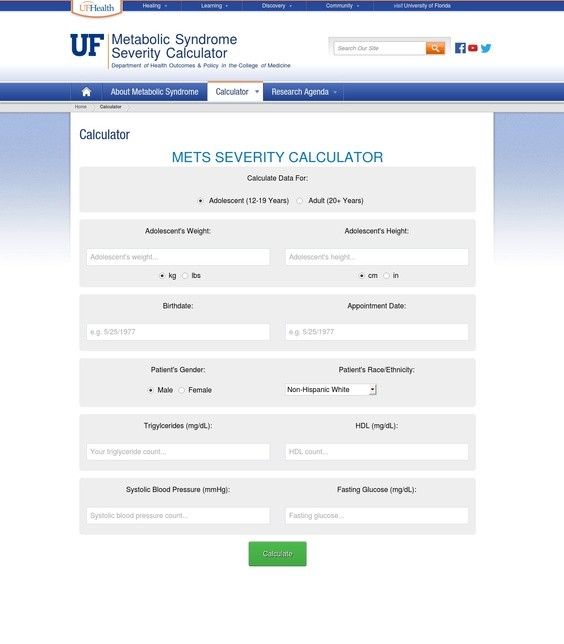The DASH diet plus reduced dietary sodium lowers blood pressure for all persons, according to the first detailed subgroup analysis of the DASH study results. The Dietary Approaches to Stop Hypertension study was supported by the National Heart, Lung, and Blood Institute (NHLBI).
The detailed analysis, published in the December 18, 2001, issue of the Annals of Internal Medicine, showed the blood pressure lowering effects of the DASH diet and reduced dietary sodium in a wide variety of population subgroups: persons with and without hypertension or a family history of hypertension, older and younger adults, men and women, African-American and other races, obese and nonobese, as well as people with higher or lower physical activity levels, larger or smaller waist circumferences, and higher or lower annual family income or education.
While the combination of the DASH diet and reduced dietary sodium produced the biggest reductions, each intervention also lowered blood pressure for all groups when used alone.
The DASH diet is rich in fruits, vegetables, and lowfat dairy foods and reduced in total and saturated fat . It also is reduced in red meat, sweets, and sugar-containing drinks. It is rich in potassium, calcium, magnesium, fiber, and protein. Prior studies found that the DASH diet lowers blood pressure and also lowers blood LDL-cholesterol (the �bad� cholesterol) and the amino acid homocysteine, which appears to increase the risk of heart disease. Prior studies also showed reducing dietary sodium lowers blood pressure, both with and without the DASH diet.
�This new study underscores the blood pressure-lowering effects of a reduced intake of salt and other forms of dietary sodium,� said NHLBI Director Dr. Claude Lenfant. �Earlier research on the link between sodium and blood pressure had given conflicting results in various population groups. Now, we can say that cutting back on dietary sodium will benefit Americans generally and not just those with high blood pressure.�
Continue Reading Below ↓↓↓
�The study�s participants have blood pressures in the same range as half of adult Americans, including about 80 percent of those age 50 and older,� said Dr. Frank Sacks, Professor of Cardiovascular Disease Prevention, Harvard School of Public Health and chair of the DASH Steering Committee. �Adopting these measures could help millions of Americans avoid the rise in blood pressure that occurs with advancing age.�
High blood pressure, also called hypertension, is a major risk for heart disease and the chief risk factor for stroke.
The new data come from the DASH-Sodium study, a multicenter, 14-week randomized �feeding� trial in which all food was provided to participants. It involved 412 participants, aged 22 and older, and with systolic blood pressures of 120-160 mm Hg and diastolic blood pressures of 80-95 mm Hg.
Fifty-two percent of the participants were women and 48 percent men; 54 percent were African American, 42 percent white, and 10 percent other races. Forty-one percent had hypertension and 59 percent did not.
For 3 months, participants ate either the DASH diet or a typical American diet. Weight was kept stable. During the study period, each group followed three different intakes of dietary sodium for 1 month each in random order. The sodium levels were 3,300 milligrams a day (the average level consumed by Americans), 2,400 milligrams a day (the upper limit currently recommended by the National High Blood Pressure Education Program), and 1,500 milligrams a day.
The largest blood pressure differences occurred for those on the DASH diet with a daily sodium intake of 1,500-milligrams compared with those on the control diet with a sodium intake of 3,300 milligrams.
Detailed analysis showed that the DASH diet and reduced sodium intake reduced blood pressure for all the population subgroups studied. The following list shows the average blood pressure reduction for key subgroups:
- For those with hypertension: 12/6 mm Hg (systolic/diastolic); for those without hypertension, 7/4 mm Hg.
- For those over age 45, 12/6 mm Hg; for those 45 or younger, 6/3 mm Hg.
- For women, 11/5 mm Hg; for men, 7/4 mm Hg.
- For African Americans, 10/5 mm Hg; for non-African Americans, 8/4 mm Hg. Other results include:
- Compared with the typical American diet, the DASH diet alone (at the higher sodium level) reduced blood pressure by about 6/3 mm Hg for African Americans, and 6/2 mm Hg for other races.
- For those with hypertension, reductions from the DASH diet alone were 7/3 mm Hg; and for those without hypertension, the reductions were 5/3 mm Hg.
- The effects of sodium reduction appeared in all subgroups and were greater for those who ate the typical American diet, compared with those on the DASH diet. The effects from sodium reduction were particularly great for those with hypertension, African Americans, women, and those over age 45. Sodium reduction in those eating the control diet resulted in lower systolic and diastolic pressures by 8.3 mm Hg and 4.4 mm Hg, respectively, in hypertensives, and 5.4 and 2.8 mm Hg, respectively, in non-hypertensives.
�Following the DASH diet and reducing the intake of dietary sodium are two non-drug approaches that work to control blood pressure,� said Dr. Denise Simons-Morton, Leader of the NHLBI Prevention Scientific Research Group and a DASH coauthor. �The blood pressure reductions achieved from this combination came in only 4 weeks and persisted through the duration of the study. Ideally, Americans should use both the DASH diet and reduced sodium approaches but, even if they do only one, they�ll still reap significant health benefits.
�If the U.S. food supply were lower in sodium,� added Simons-Morton, �it would help lower levels of blood pressure in the general population.�
Source: NHLBI
Continue Reading Below ↓↓↓









